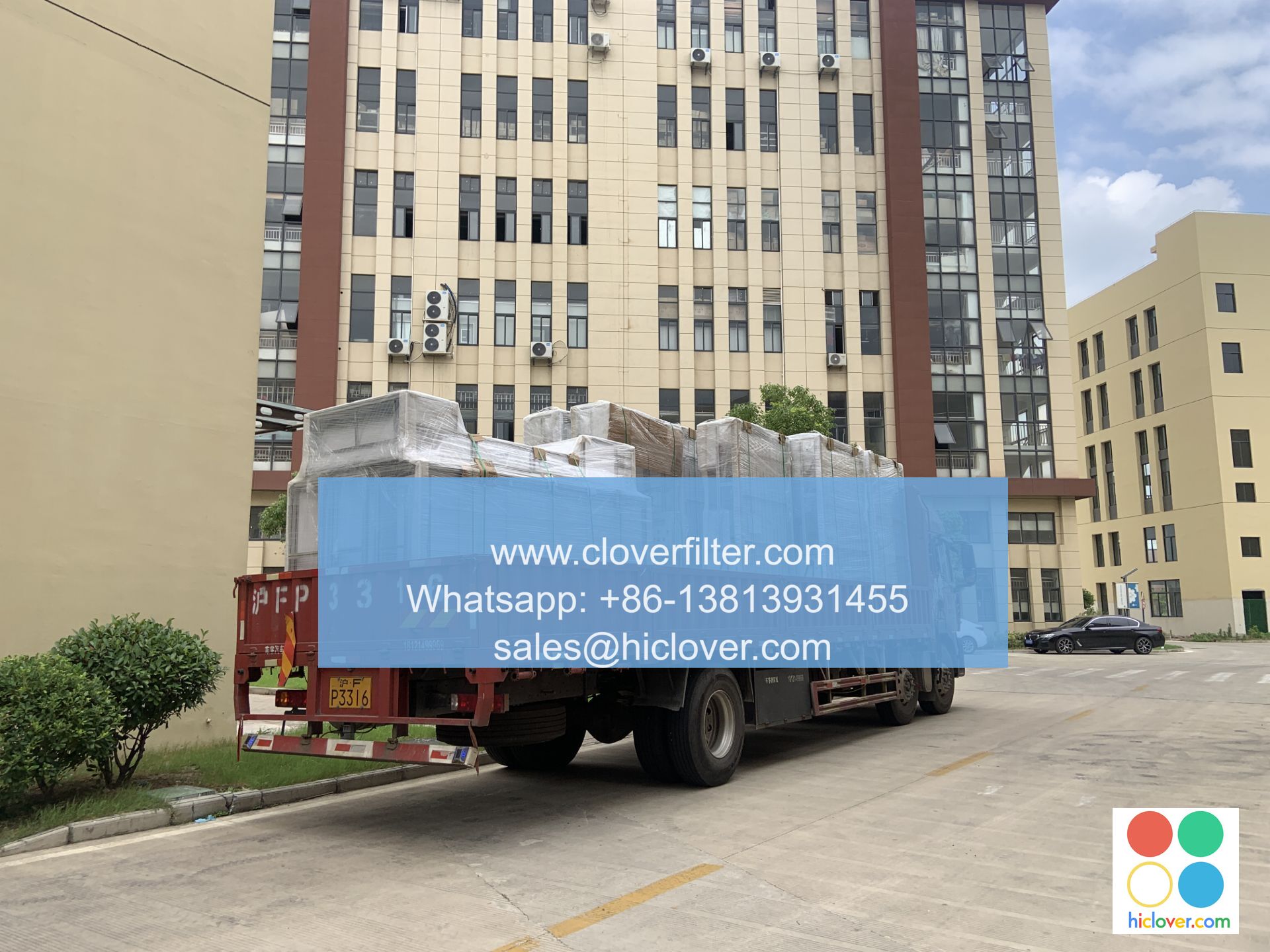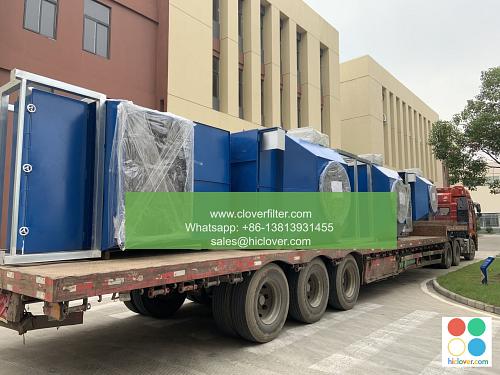The Evolution of Air Filter Certifications and Compliance Regulations Explained

The air filtration industry has undergone significant transformations over the years, driven by advancements in technology, changing regulatory requirements, and growing concerns about indoor air quality (IAQ) and environmental sustainability. One critical aspect of this evolution is the development and implementation of air filter certifications and compliance regulations. In this article, we will delve into the history and progression of these standards, highlighting various application areas, and explore their impact on the industry.
Introduction to Air Filter Certifications
Air filter certifications are designed to ensure that filtration systems meet specific standards for performance, efficiency, and safety. These certifications are typically issued by third-party organizations, such as the American Society of Heating, Refrigerating, and Air-Conditioning Engineers (ASHRAE), the International Organization for Standardization (ISO), and the Association of the Nonwoven Fabrics Industry (INDA). By obtaining these certifications, manufacturers can demonstrate the effectiveness and reliability of their air filtration products, which is essential for maintaining good IAQ, reducing energy consumption, and minimizing the environmental impact of buildings.
Key Air Filter Certifications and Compliance Regulations
Several air filter certifications have been introduced over the years, each with its own set of requirements and application areas. Some of the most notable certifications include:
* MERV (Minimum Efficiency Reporting Value) ratings, which evaluate the ability of air filters to capture particles of various sizes, from 0.3 to 10 microns.
* HEPA (High Efficiency Particulate Air) filters, which must capture at least 99.97% of particles as small as 0.3 microns.
* UL (Underwriters Laboratories) certifications, which focus on the safety and performance of air filtration systems, including aspects such as fire resistance and electrical safety.
* ISO 16890 standards, which provide a global framework for evaluating the performance of air filters in various applications, including commercial, industrial, and residential settings.
Application Areas and Industry Trends
Air filter certifications and compliance regulations have far-reaching implications for various industries and application areas, including:
* Commercial HVAC systems, where high-efficiency air filters are essential for maintaining good IAQ, reducing energy consumption, and minimizing the risk of airborne diseases.
* Industrial processes, such as manufacturing, pharmaceuticals, and food processing, where air filtration systems play a critical role in controlling contamination, ensuring product quality, and preventing environmental pollution.
* Residential buildings, where air filter certifications can help homeowners and builders select effective and efficient air filtration systems, improving IAQ and reducing the risk of respiratory problems.
* Transportation systems, including aircraft, automobiles, and public transportation, where air filtration systems are essential for maintaining good IAQ, reducing the risk of airborne diseases, and ensuring passenger comfort and safety.
Future Directions and Emerging Trends
The evolution of air filter certifications and compliance regulations is an ongoing process, driven by advances in technology, changing environmental and health concerns, and growing demands for sustainability and energy efficiency. Some emerging trends and future directions include:
* Nanofiltration and membrane-based air filtration systems, which offer improved performance, efficiency, and sustainability.
* Ionization-based air purification systems, which can effectively remove airborne particles, gases, and microorganisms.
* Smart air filtration systems, which integrate sensors, artificial intelligence, and IoT technologies to optimize performance, energy efficiency, and maintenance.
* Green building certifications, such as LEED and WELL, which emphasize the importance of air filtration systems in maintaining good IAQ, reducing energy consumption, and promoting environmental sustainability.
In conclusion, the evolution of air filter certifications and compliance regulations has been a critical aspect of the air filtration industry’s growth and development. By understanding the history, progression, and application areas of these standards, manufacturers, builders, and consumers can make informed decisions about air filtration systems, promoting good IAQ, reducing energy consumption, and minimizing the environmental impact of buildings. As the industry continues to evolve, it is essential to stay up-to-date with emerging trends, technologies, and regulations, ensuring that air filtration systems meet the changing needs of a rapidly changing world. It looks like you didn’t include a prompt. Could you please provide more details or ask a question so I can assist you?

